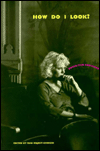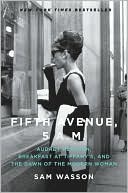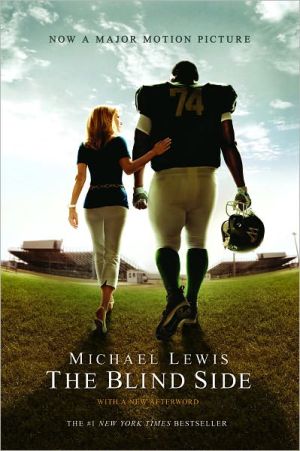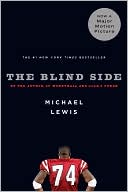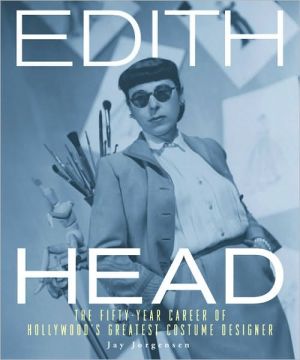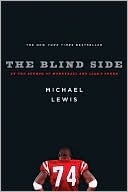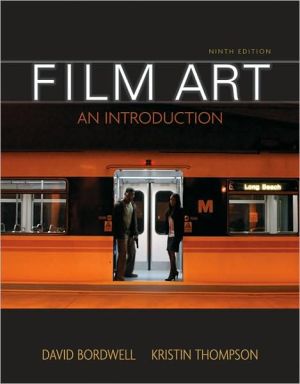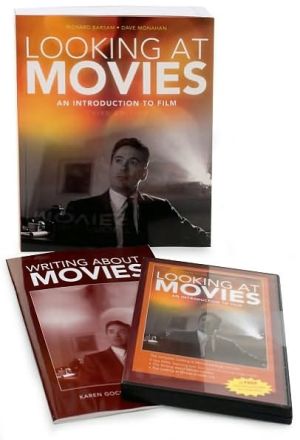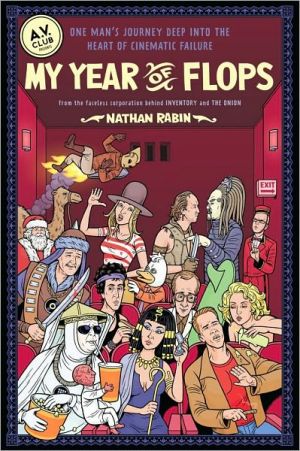How Do I Look?: Queer Film and Video
Nonfiction. "HOW DO I LOOK? is an articulation of that dream in the dark we've all had-gazing at those flickering images, searching for ourselves and too often settling for less. This collection begins to ask the provocative questions we dared not ask aloud. As lesbians and gays, as people of color, whose vision will we accept? The questions here are full of pain and clarity"-Jewelle Gomez.
Search in google:
(GDY6)((Six original essays lead us to rethink what constitutes queer vision and visibility; an invaluable contribution to gay and lesbian studies. [gay men][lesbian][film][media] Publishers Weekly This collection of papers and discussions grew out of a conference held in New York City in the fall of 1989; the sponsors/editors are members of a group formed in 1987 to analyze gay and lesbian theory. In particular, the volume offers an enlightening look at aspects of gay and lesbian film and video. Cindy Patton ( Inventing AIDS ) investigates the concept of a ``pornographic vernacular'' as a way of creating a pedagogy of safe sex. Filmmaker Stuart Marshall questions the use of the pink triangle as a symbol of gay liberation, raising troubling issues of victimization as a political stance. Videomaker Richard Fung and Kobena Mercer ( Black Film/British Cinema ) deal with representations of gay men of color, while Judith Mayne ( The Woman at the Keyhole ) and Teresa de Lauretis ( Alice Doesn't ) detail the difficulties of portraying lesbian sexuality on screen. The papers range from hardheaded and pragmatic to highly theoretical (de Lauretis in particular), but the discussions that follow each paper promote accessibility, making this a useful initial foray into virtually untouched film territory. Illustrated. (Sept.)
\ Publishers Weekly - Publisher's Weekly\ This collection of papers and discussions grew out of a conference held in New York City in the fall of 1989; the sponsors/editors are members of a group formed in 1987 to analyze gay and lesbian theory. In particular, the volume offers an enlightening look at aspects of gay and lesbian film and video. Cindy Patton ( Inventing AIDS ) investigates the concept of a ``pornographic vernacular'' as a way of creating a pedagogy of safe sex. Filmmaker Stuart Marshall questions the use of the pink triangle as a symbol of gay liberation, raising troubling issues of victimization as a political stance. Videomaker Richard Fung and Kobena Mercer ( Black Film/British Cinema ) deal with representations of gay men of color, while Judith Mayne ( The Woman at the Keyhole ) and Teresa de Lauretis ( Alice Doesn't ) detail the difficulties of portraying lesbian sexuality on screen. The papers range from hardheaded and pragmatic to highly theoretical (de Lauretis in particular), but the discussions that follow each paper promote accessibility, making this a useful initial foray into virtually untouched film territory. Illustrated. (Sept.)\ \ \ \ \ Library JournalThis is a compendium of six updated papers/discussions delivered at a 1989 conference of the same name. From ``The Contemporary Political Use of Gay History'' to ``Racial Difference and the Homoerotic Imaginary,'' the examples discussed are mostly nonmainstream shorts, documentaries and features by and/or about ``queers.'' With mixed vernaculars of (sub-)culture specific slang and semantically precise academe, the speakers/writers convey in tone the overlaying complexity of the subject matter. Raising more questions than any one book could hope to answer, the texts survey the broad set of problems which will be confronting lesbian/gay culture for the next decade. If this sounds confusing, even overwhelming at times, it is. It is also a brilliant look at very ``hot'' issues not often enough given a chance to appear between covers: the correlation (or lack of) between racism and homophobia; feminist theories' ignorance of a sexual lesbian perspective; and AIDS altering of the meaning of pornography. Highly recommended for all film theory or multicultural collections.-- Eric Bryant, ``Library Journal''\ \
